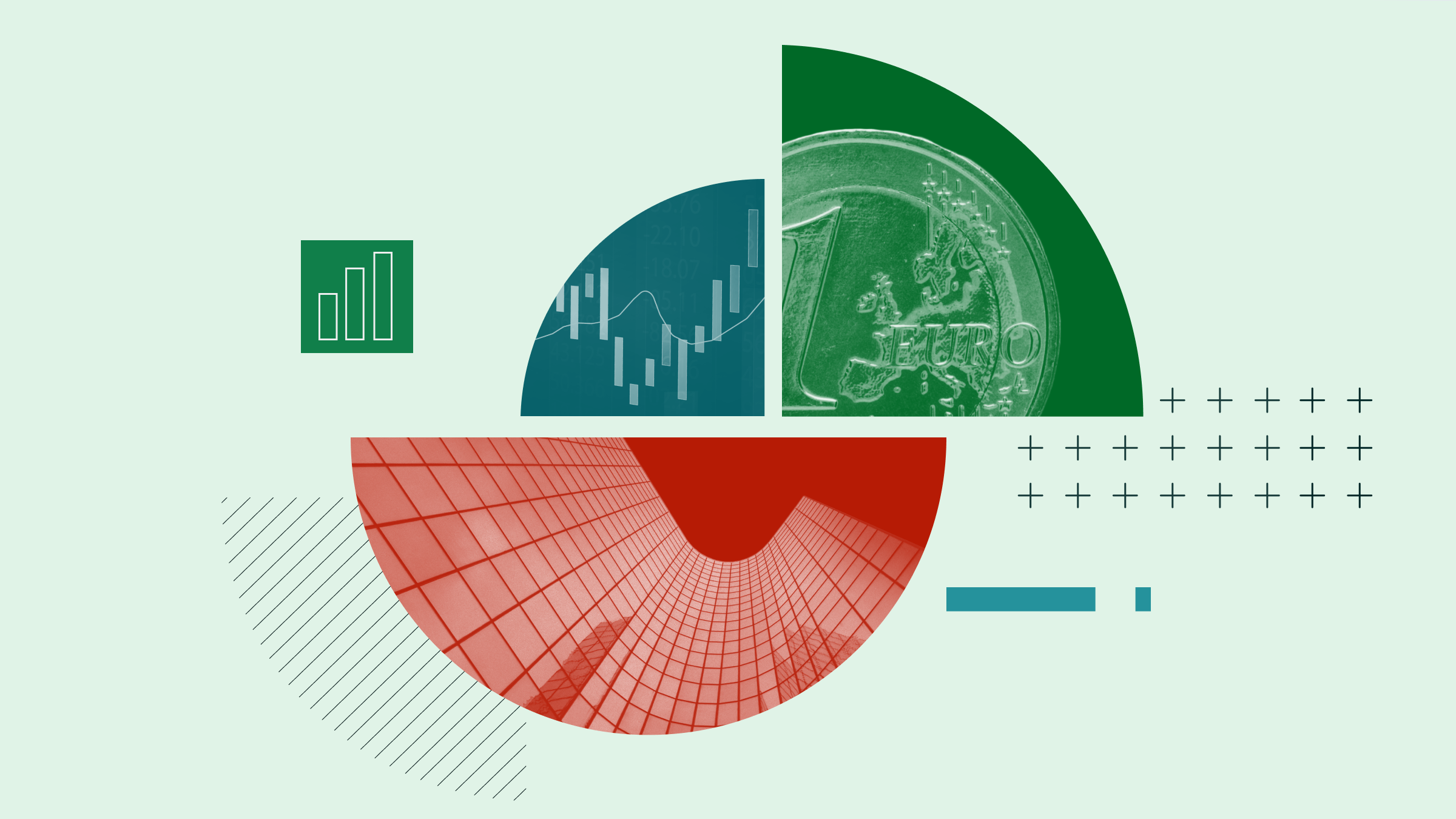Christine Benz: Hi, I'm Christine Benz for Morningstar.com. Do investors in passive mutual funds take home a greater share of their funds' returns than investors in active mutual funds? Joining me to discuss that question is Ben Johnson. He is director of global ETF research with Morningstar.
Ben, thank you so much for being here.
Ben Johnson: Glad to be here, Christine.
Benz: Ben, in your latest issue of ETFInvestor you looked at this question of what we call investor returns. You compared them for passive mutual funds relative to actively managed mutual funds. Before we get into what you found in your research, I'd like to talk about what investor returns are, and how they are different from the published total returns that investors see on Morningstar.com or on their fund company's websites. What are investor returns attempting to do?
Johnson: What we call investor returns are more commonly known as cash flow-weighted returns.
Benz: Or dollar-weighted returns.
Johnson: Dollar-weighted returns, different from holding period returns, the returns that we're accustomed to seeing on fund companies' fact sheets, in the pages of The Wall Street Journal, and that these return calculations take into account investors' purchasing and selling behavior. So, they look at when cash flows are coming into or going out of funds and thus better capture the average investor's experience with a fund.
So, if we look at the difference between the holding period returns and the cash flow-weighted returns, we get a sense of how, on average, investors are using funds as opposed to simply just measuring the returns that the fund's managers are generating.
Benz: So, one common pattern I know that we see when we look at investor returns on a per-fund basis is: fund has great returns, investors buy after that, and so that means that the investors' returns over a given time period may be below what the fund's returns were over that same time period.
Johnson: That's absolutely been the case. It's something that Russ Kinnel has documented for years now in his annual "Mind the Gap" study, is that investors tend not to use funds very well. So, in all the research that we've done we found that investors on average tend to select great funds; they tend to use them very poorly. They give managers money when they need it the least, want it the least. They take it from them when there's blood in the streets and opportunities are abounding, which results in this behavioral gap, this difference between again the time-weighted returns, the returns that the managers produce, and the cash flow dollar-weighted investor returns, the returns that investors actually experience.
Benz: So, let's take a look at how you cut the data. You looked specifically at passively managed mutual funds relative to the universe of actively managed funds. You did not include exchange-traded funds, and let's talk about why you did not include them.
Johnson: I left ETFs out of this sample because ETFs are distinct in the way that they are used relative to, say, an index mutual fund. So the SPDR S&P 500 ETF, for example, is the single most heavily traded security on the planet. That's fundamentally very different from say the Vanguard S&P 500 Index Fund, which is likely being bought and held for a very long period of time, by a multitude of different investor types, as a core strategic holding.
SPY meanwhile could also serve that same purpose for a multitude of investors, but it's the single most heavily traded security on the planet because it's not being used exclusively by that type of investor. It's being used as a hedge in some cases. There are options trades that are going on around that ETF. There are arbitrage trades that are going around whereby traders are trying to exploit price differences between SPY, the underlying stocks, maybe the S&P 500 futures. So trying to divine anything about investor behavior by measuring dollar-weighted returns in that ETF really isn't a useful exercise. So, I focused specifically on index mutual funds for purposes of this research.
Benz: So, let's start with some of the findings because I think they're pretty interesting, starting with U.S. equity. What you see is that the typical active investor has left some money on the table due to poor timing decisions. Passive investors look relatively smarter in U.S. equity funds. Let's talk about that finding.
Johnson: So, a negative behavioral gap or a real behavioral cost has been a toll taken by investors in active equity funds over the course of the past decade. Meanwhile, you've seen generally positive behavior amongst investors in index equity mutual funds. So that behavioral gap is actually positive. Now, there are a number of things underlying that calculation. There are number of trends I think that ultimately drive that discrepancy.
First and foremost, we've been in a seven-plus year bull market. Stocks have been gradually marching higher ever since we've emerged from the financial crisis. So investors who have been in many cases systematically adding to their equity exposures will naturally, just by way of the function of the math underlying these calculations, experience positive gaps.
Also, what we've seen is a wholesale shift simultaneously from actively managed U.S. equity funds and into passively managed ones. So, I think if you try to unpack what's driving this trend, on the one part fundamentally, again, we have the bull market and then on the other part we have this mass migration out of active U.S. equity and into indexed U.S. equity. I think the combination of those two goes a very long way towards explaining very different outcomes amongst passive and active in the U.S. equity category.
Benz: So, would another way to think about it be that if you are adding dollars to a type of fund in a market that's steadily rising up, that every successive dollar is sort of a smart dollar and that you're rewarded for that? So that's something that passive fund investors have been rewarded with?
Johnson: That's absolutely the case. So, if things just continue to march upwards and the right, the dollar I put in yesterday is going to look like a smart dollar and if things continue along that line a month onward, again, I'd look like a smart investor, especially in a context where I might be either dollar-cost averaging or contributing in the context of, say, a 401(k) program. So that again goes I think a very long way towards explaining that positive gap we've seen.
Benz: So, by the same token an active investor who maybe has been pulling his or her shares from that active fund maybe that doesn't look like such a great decision because they've been doing so in a rising equity market, but we don't know what they've been buying. If they've been buying a passive U.S. tracker in exchange, they may be doing just fine.
Johnson: It becomes almost the mirror image of what we've seen in index funds whereby you're removing a dollar in the index, the market continues to march higher. So, that dollar--that decision to remove that dollar from that actively managed U.S. equity fund looks like a bad decision.
Benz: So, let's discuss another dimension of this, which I think is interesting and I think illustrates some of the things we've just been talking about which is international equity. What do those look like when you look at them through the lens of investor returns for passive and active products?
Johnson: So there's an interesting pattern that emerged there in that it was one of the most meaningful categories whereby we saw this relationship reverse. So the negative gap experienced by investors in passively managed index mutual funds was greater in magnitude over the course of the past decade than the negative gap experienced by investors in actively managed international equity funds. So it was an interesting pattern. What exactly describes that, honestly, I can't say. It's one that I think is definitely worth exploring further.
Benz: So, broad takeaways would be not that passive investors are smarter necessarily than active investors, that you really do have to keep in mind some of the market environment that is in play as well as investors' general purchase and sale decisions during that time period?
Johnson: If nothing else, these studies are a useful way to try to measure the costs of our own behavior as investors. And often times what we found is that cost is real and it tends to be fairly great in magnitude, oftentimes many multiples of the explicit cost that we bear--fees, taxes. Our own behavior is something that we should probably be doing more to try to control because again, ultimately, it looks as though it can have a greater long-run effect on our investment outcomes relative to even fees, taxes, all the other frictions that we bear as investors.
Benz: Some of these costs are over 1%. Investors might really worry about whether they pay 50 basis points for a fund or 75, but if you are paying 1% in behavior cost, that's really something you ought to pay attention to.
Johnson: Yeah, 1% compounded over a lifetime of bad behavior amounts to a lot of money.
Benz: OK, Ben. Thank you so much for being here. Fascinating research.
Johnson: Thanks for having me.
Benz: Thanks for watching. I'm Christine Benz for Morningstar.com.






:quality(80)/cloudfront-us-east-1.images.arcpublishing.com/morningstar/A6OOX7PBSVEJ5BXDFSPKGLO72M.png)
.jpg)














